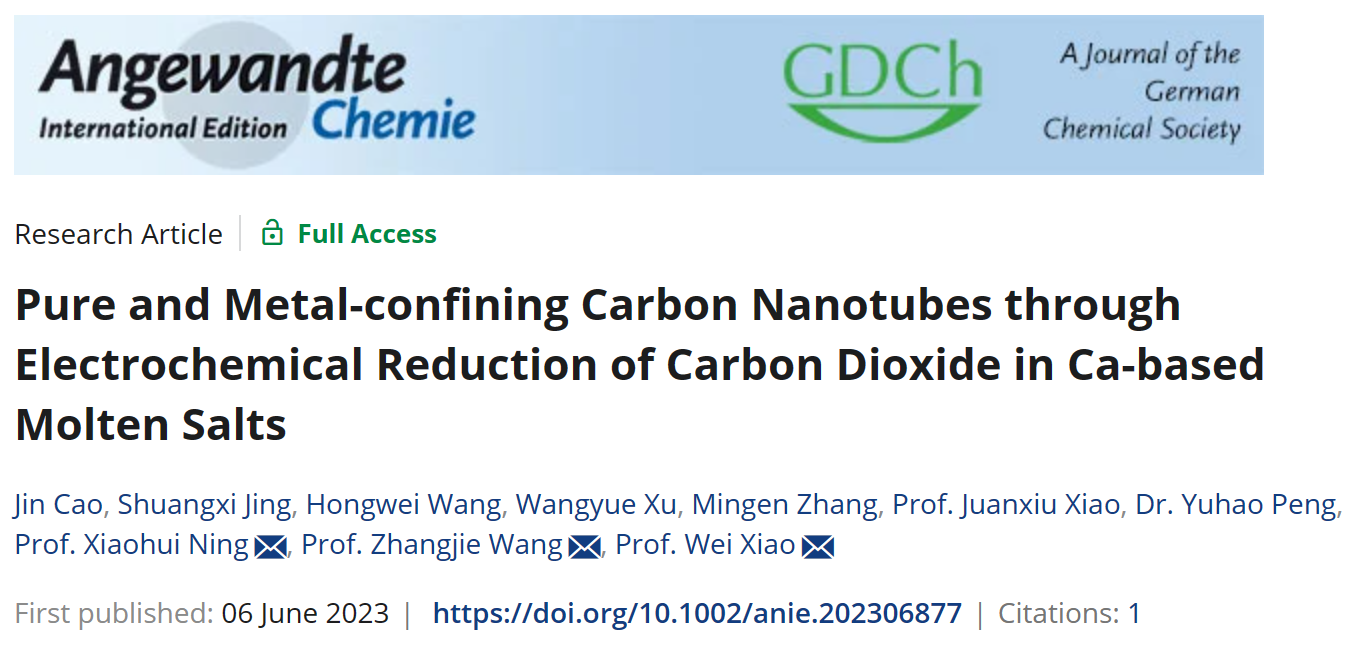
To be successfully implemented, an efficient conversion, affordable operation and high values of CO2-derived products by electrochemical conversion of CO2 are yet to be addressed. Inspired by the natural CaO-CaCO3 cycle, we herein introduce CaO into electrolysis of SnO2 in affordable molten CaCl2-NaCl to establish an in situ capture and conversion of CO2. In situ capture of anodic CO2 from graphite anode by the added CaO generates CaCO3. The consequent co-electrolysis of SnO2 and CaCO3 confines Sn in carbon nanotube (Sn@CNT) in cathode and increases current efficiency of O2 evolution in graphite anode to 71.9 %. The intermediated CaC2 is verified as the nuclei to direct a self-template generation of CNT, ensuring a CO2-CNT current efficiency and energy efficiency of 85.1 % and 44.8 %, respectively. The Sn@CNT integrates confined responses of Sn cores to external electrochemical or thermal stimuli with robust CNT sheaths, resulting in excellent Li storage performance and intriguing application as nanothermometer. The versatility of the molten salt electrolysis of CO2 in Ca-based molten salts for template-free generation of advanced carbon materials is evidenced by the successful generation of pure CNT, Zn@CNT and Fe@CNT.
Link:Pure and Metal‐confining Carbon Nanotubes through Electrochemical Reduction of Carbon Dioxide in Ca‐based Molten Salts - Cao - 2023 - Angewandte Chemie International Edition - Wiley Online Library